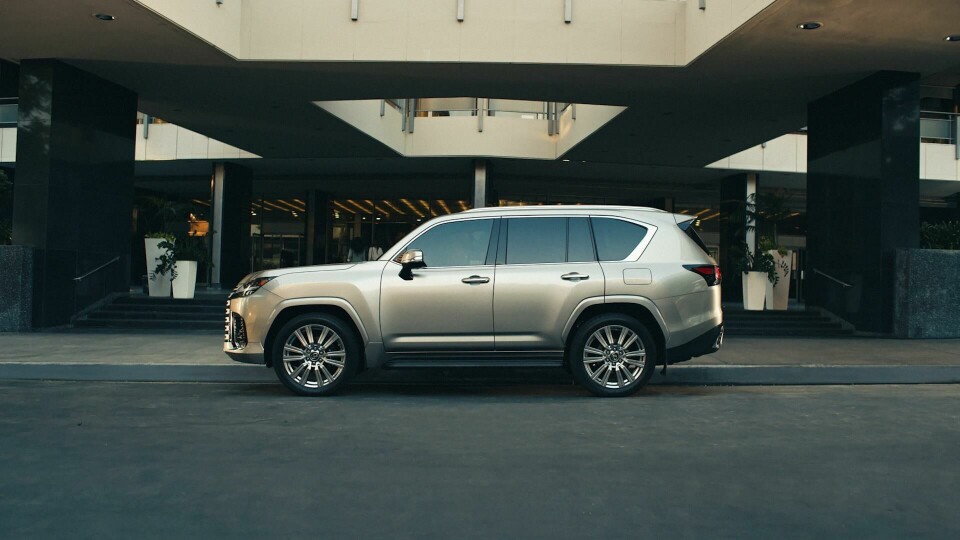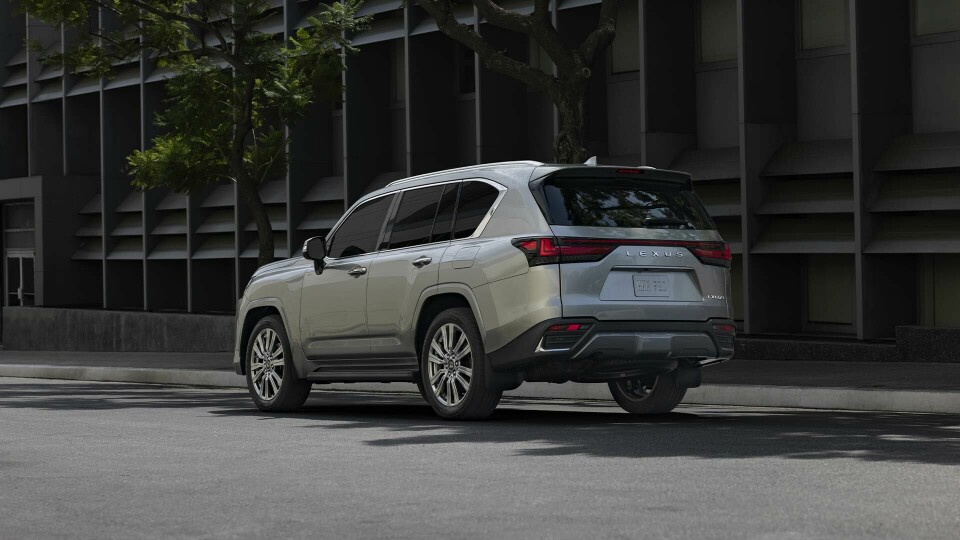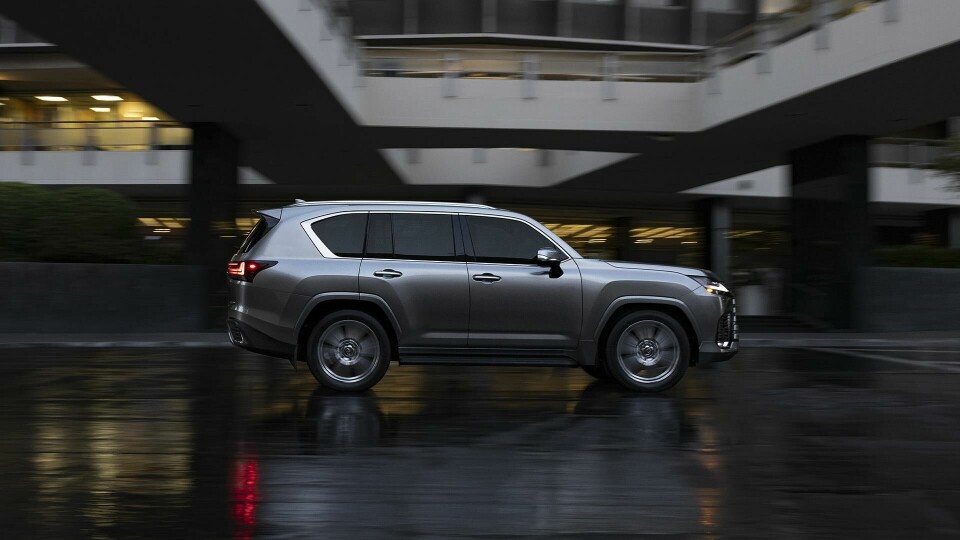
New Lexus LX 600 – the giant SUV gets some big design changes
The new Lexus LX 600 gets some distinctive exterior and interior design details, not all of which are strong
The fourth generation Lexus LX 600 has received a complete redesign. Changes to both the exterior and interior are significant, and while most of it is positive, there are a few odd choices.
The large luxury SUV is based on a new platform, dubbed GA-F. This has allowed Lexus to reduce weight by 441lbs (200kg) when compared to the previous generation while simultaneously increasing body rigidity. It has also enabled improvements to the suspension system to make for a smoother ride.
The A-pillars have been pushed backward to reveals a longer bonnet and more substantial front end. The enormous grille includes seven chrome bars, stacked on top of each other, starting from the bumper and finishing above the logo where the bonnet starts. It makes the front appear quite busy, and although the chrome bars link to the lights, it lacks cohesion.
It’s hard to pick out next to the giant grille, but the lights have changed too. The LED strips that outline the headlamps are shaped slightly differently, and no longer continue beyond the main lamps. Instead, both the lamps and LED strips sit within the same housing, making it a little neater. Lexus says that the inner lenses have been improved to give the driver a better sense of depth at night.
Not too much has been changed on the sides of the car. The wheel arches are emphasised with some sharper body work, and the quarter pillars are slightly shorter to create a slight fall in the roofline. The side skirts are also different, with two layers finished in black like the bumpers.
In contrast to the front, the rear of the new LX 600 is far more solid when compared to the previous model. The big change is the lights. They now sit level with the shoulder line, helping to further emphasise the wheel arches and width of the car. A clean light bar connects the two, and underlines the back window. A large bumper pushes upwards from the rear wheels, the centre section finished in the same colour as the body. It is a vast improvement on the rear of the old generation, which lacked clarity with its awkward lamp design and haphazard body work.
The interior is very Lexus – full of plush materials and designed to maximise comfort. Several interior trims are available to choose from, with ‘Ultra Luxury’ sitting at the top. This option includes giant sofa-like seats with curved headrests and seatbacks for the rear passengers. Soft urethane is included in the seats for greater vibration absorption. The trim even gets its own unique air conditioning system with overhead vents.
Between the back seats is small touchscreen for control of all rear seat functions. Above is a glossy scratch-resistant surface finished in “self-healing paint”, specifically designed as a note table. There are also cupholders complete with lids, and a storage compartment with a DC power supply, USB and headphone inputs.
The new LX 600 is also the first Lexus to feature what Lexus is calling “Interface dual display.” This is essentially two separate screens – a 7-inch and a 12.3-inch – with the former positioned on the centre console bridge, and the latter directly above on the top section of the IP. The smaller screen displays climate control functions and drive mode selection, while the large one acts as the main infotainment screen as well as the display for cameras. Lexus says that it has opted for this “dual display” set up so as not to distract the driver. Its impact on the cabin’s feel is detrimental, though, as the smaller embedded screen looks dated next to the larger floating unit. It also makes the entire centre section of the dash very busy.
Lexus says that the new LX 600 continues the same design path as the recently unveiled NX, but notably, the models are built on two different platforms and also look entirely different.
















